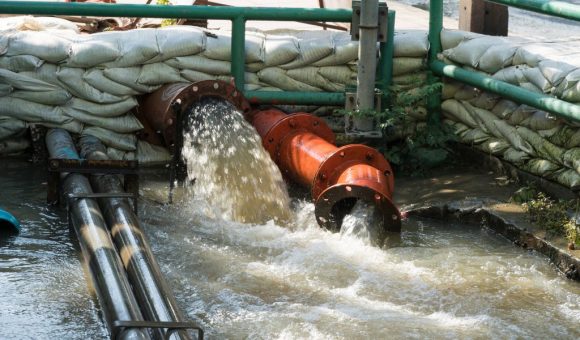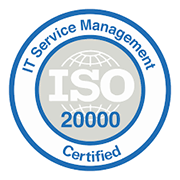In a world increasingly aware of the need to reduce the environmental impact of our activities, industrial waste management has become a fundamental pillar in achieving a more sustainable society. Aligned with sustainability and Circular Economy strategies, the waste management model is a critical element in preserving our natural resources, mitigating climate change and creating new economic opportunities.
Critical Context for Industrial Waste Management
The industrial revolution and economic growth of recent decades have exponentially increased the generation of industrial waste. From hazardous chemicals to solid waste, these materials represent a major health and environmental challenge if not properly managed.
According to data from the Organisation for Economic Co-operation and Development (OECD), member countries generated more than 2 billion tons of industrial waste in 2018. These wastes can have harmful effects on air, water and soil quality, threatening biodiversity and public health.
In addition, the dumping and improper disposal of this waste contributes significantly to greenhouse gas emissions, accelerating climate change. Therefore, it is crucial to adopt a comprehensive and strategic approach to industrial waste management, aligned with the goals of sustainability and Circular Economy.
Sustainability Strategy: Reduce, Reuse, Recycle
Sustainable industrial waste management is based on the principles of the waste hierarchy: reduce, reuse and recycle. This strategy aims to minimize waste generation, make the best use of resources and avoid landfill or final disposal.
Reduce. The first and most important step is to reduce waste generation at source. This is achieved by improving industrial processes, optimizing the use of raw materials and implementing clean technologies. Some companies have achieved significant reductions in waste by adopting cleaner production approaches and eco-innovation.
Reuse. Once the possibilities for reduction have been exhausted, the next priority is to reuse the waste. This involves finding new uses for the materials, either within the same company or in other industrial sectors. For example, waste from one manufacturing process can be used as raw material in another process, thus closing the materials cycle.
Recycling. When it is not possible to reduce or reuse waste, recycling becomes the best option. Through transformation processes, materials are converted into new products, avoiding their final disposal. Recycling not only reduces the demand for virgin resources, but also reduces greenhouse gas emissions and pollution associated with the extraction and processing of raw materials.
Circular Economy. Closing the materials cycle
Sustainable industrial waste management is perfectly aligned with the principles of the Circular Economy, an economic model that seeks to maintain the value of products, materials and resources for as long as possible.
Unlike the traditional linear “extract-produce-dispose” model, the Circular Economy promotes a closed cycle in which waste is converted into new inputs. This involves designing products and processes that facilitate the reuse, recycling and recovery of materials at the end of their useful life.
Some of the key Circular Economy strategies in the area of industrial waste include:
- Ecodesign. The design of industrial products and processes with criteria of durability, modularity, repairability and recyclability.
- Industrial symbiosis. Cooperation between companies from different sectors to take advantage of the waste of some as raw material for others, thus creating synergies.
- Waste recovery. The transformation of waste into new products, energy or valuable resources, avoiding disposal.
- Digitalization and Industry 4.0. The use of technologies such as artificial intelligence, the Internet of Things and automation to optimize waste management and material flows.
Benefits of Sustainable Industrial Waste Management
Adopting a sustainable approach to industrial waste management generates a wide range of environmental, economic and social benefits. These include preserving natural resources, mitigating climate change, protecting health and the environment, creating new economic opportunities, increasing business competitiveness and regulatory compliance.
Towards a more sustainable future
Industrial waste management is a fundamental part of building a more sustainable future. Aligning these practices with sustainability and Circular Economy strategies preserves natural resources, mitigates climate change and creates new economic opportunities.
Businesses, governments and society as a whole must work collaboratively to encourage the adoption of sustainable industrial waste management models. This involves investing in clean technologies, promoting innovation, establishing appropriate policies and regulations, and raising public awareness of the importance of this challenge.








